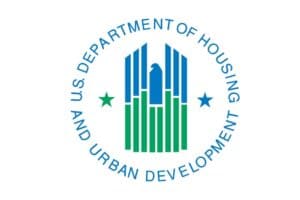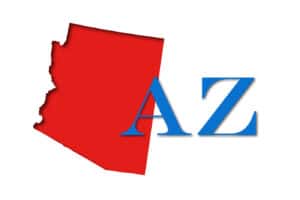Green/Sustainable Housing

Energy Advocacy: Groups Seek to Expand Funding for Efficiency Improvements in Affordable Housing Properties
Retrofitting affordable multifamily rental housing properties to make them more energy efficient is critically important for building owners and managers. Energy consumption is the largest or second-largest category of operating expenses in these kinds of properties. However, investing in energy efficiency improvements requires capital, which can be difficult to secure in the current era of […]
Cutting Utility Costs: The Residences at Wood Street, Pittsburgh, Pa.
The investment of a mere $1.25 million in energy and water retrofit improvements at a 91-year-old, 16-story mixed-use building in downtown Pittsburgh, Pa. is already generating substantial savings from reduced utility costs, while providing more comfortable living conditions for the residents. Download
Ultimate Green: Residents Save Money at New Solar-Powered Apartment Property in Southern California
Residents get their electricity mostly for free at Arbor Green Apartments, a new 40-unit low-income housing tax credit (LIHTC) development in Los Angeles County. The reason? A sprawling rooftop solar photovoltaic (PV) system at the site that supplies nearly all of the power for the entire property, including the apartments and common areas. Download
Making Green Building Work: The Importance of Resident Engagement
After a green affordable multifamily rental housing project is completed, either through new construction or renovation, will the expected energy and water cost savings actually be achieved? To a large degree, the answer depends on the day-to-day actions of the residents and whether they are motivated to conserve, either by financial rewards (e.g., smaller utility […]

PTEE Road Show Kickoff is an Eye-Opener for Attendees
More than 120 enthusiastic energy- and cost-concerned representatives from a variety of affordable housing companies and organizations filled a conference room in a building adjacent to Philadelphia’s 30th Street Station on April 3 for a frank and incisive, daylong look at the true financial benefits that can be reaped from best practices in energy and […]

State News Week of September 2: New Executive Director of Maryland DHCD
Governor Martin O’Malley announced that Raymond A. Skinner, who has served as Secretary of DHCD since 2007, is retiring at the end of the month and that he will appoint Clarence J. Snuggs, the current Deputy Secretary of DHCD, as acting secretary effective September 1, 2014
Harvesting Rain: System Design for Strategic Rainwater Capture
Conserving water through rainwater harvesting saves natural resources, providing water for use in buildings and for site irrigation. http://continuingeducation.construction.com/article.php?L=242&C=760

HUD Notice has potential to encourage broad PHA renewable energy rollout
Housing authorities that are seeking alternate energy sources or new funding streams will be particularly interested in HUD’s latest PIH notice. It ushers in a number of programmatic changes in an effort to increase the use of on-site renewable energy technology at federally subsidized housing projects. http://www.ballardspahr.com/alertspublications/legalalerts/2014-08-20-hud-notice-has-potential-to-encourage-broad-pha.aspx
Show Me the [Efficiency] Money
Five real estate executives weigh in on what it will take to unlock $1.4 trillion in net energy savings through commercial building efficiency. https://medium.com/solutions-journal-summer-2014/show-me-the-efficiency-money-fe3b77251b5f
Reducing Water & Energy Use in Affordable Housing
National Housing Trust/Enterprise Preservation Corporation shares smart practices for investing in sustainability. http://blog.enterprisecommunity.com/2014/08/reducing-water-energy-use-in-affordable-housing.html?mkt_tok=3RkMMJWWfF9wsRoiuKnKZKXonjHpfsX57ukoW7Hr08Yy0EZ5VunJEUWy0YAATdQcOedCQkZHblFnVsPSK2hWK0NqKYE
Retrofit Depot
Your Premier Resource for Deep Energy Retrofits! You may be able to find a lot of information and guides on energy retrofits, however none are focused on catalyzing deep energy retrofits across the U.S. commercial building stock. To this end, Retrofit Resources offers news, community, and tools for deep energy retrofits that are unbiased by […]
How to Calculate and Present Deep Retrofit Value
Energy efficiency projects in the United States and around the world are attractive investments, but receive far less attention and capital than they deserve. This is in part due to a narrow definition of their value that typically focuses on saved energy costs. Investors often ignore additional value—a robust land of untapped opportunity that sits […]